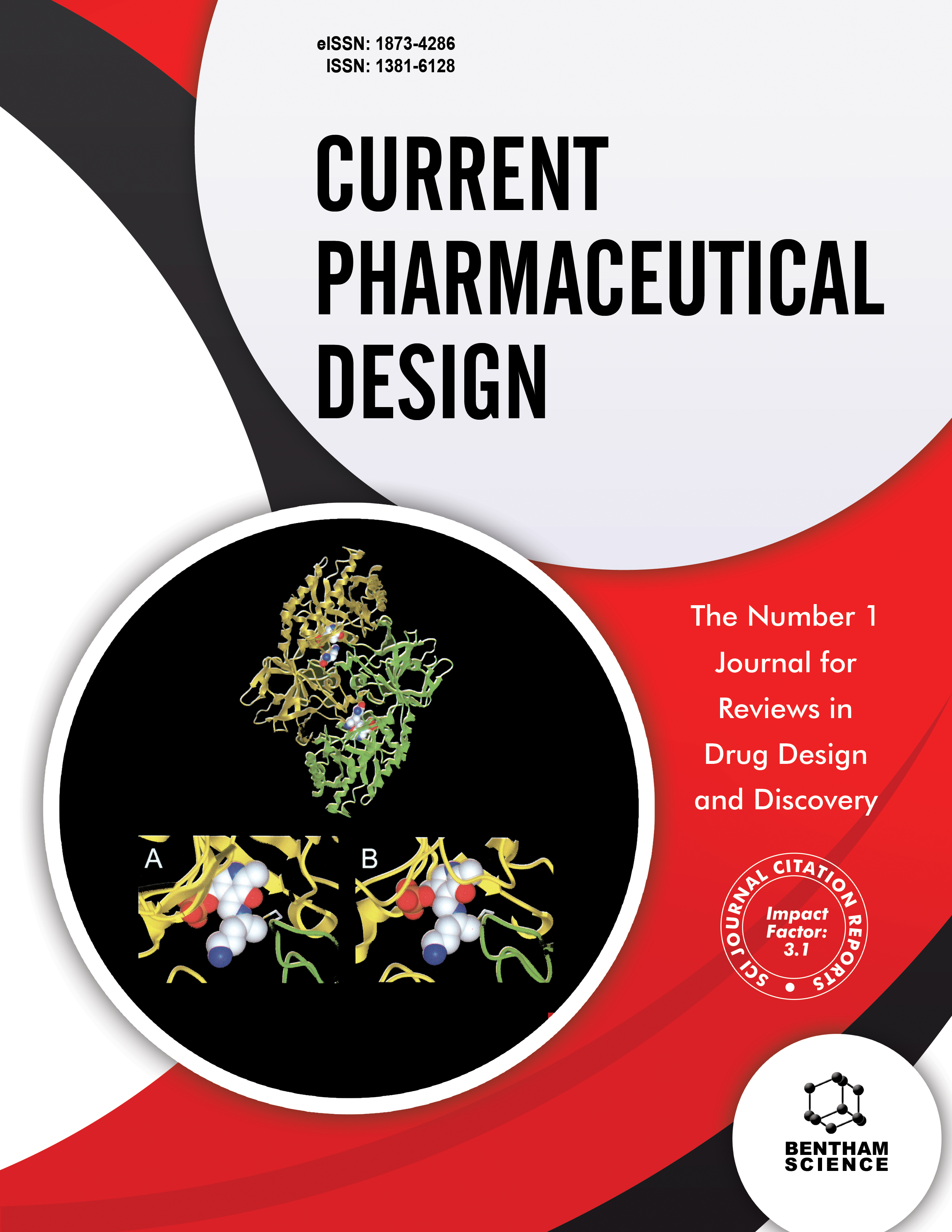
Full text loading...
We use cookies to track usage and preferences.I Understand
The 21st century has shown us how rapidly the pandemic can evolve and devastate the life of human beings without differentiating between the continents. Even after the global investment of billions of dollars into the healthcare sector, we are still lacking multiple therapeutics against emerging viruses. World Health Organization (WHO) has listed a number of viruses that could take the form of pandemics at anytime, depending upon their mutations. Among those listed, the SARS-CoV, Ebola, Zika, Nipah, and Chikungunya virus (CHIKV) are the most known viruses in terms of their number of outbreaks. The common feature among these viruses is their RNA-based genome. Developing a new therapeutic candidate for these RNA viruses in a short period of time is challenging. In silico drug designing techniques offer a simple solution to these problems by implementing supercomputers and complicated algorithms that can evaluate the inhibition activity of proposed synthetic compounds without actually doing the bioassays. A vast collection of protein crystal structures and the data on binding affinity are useful tools in this process. Taking this into account, we have summarized the in silico based therapeutic advances against SARS-CoV, Ebola, Zika, Nipah, and CHIKV viruses by encapsulating state-of-art research articles into different sections. Specifically, we have shown that computer-aided drug design (CADD) derived synthetic molecules are the pillars of upcoming therapeutic strategies against emerging and neglected viruses.

Article metrics loading...

Full text loading...
References


Data & Media loading...

